Attractions in Rio de Janeiro
19/09/2018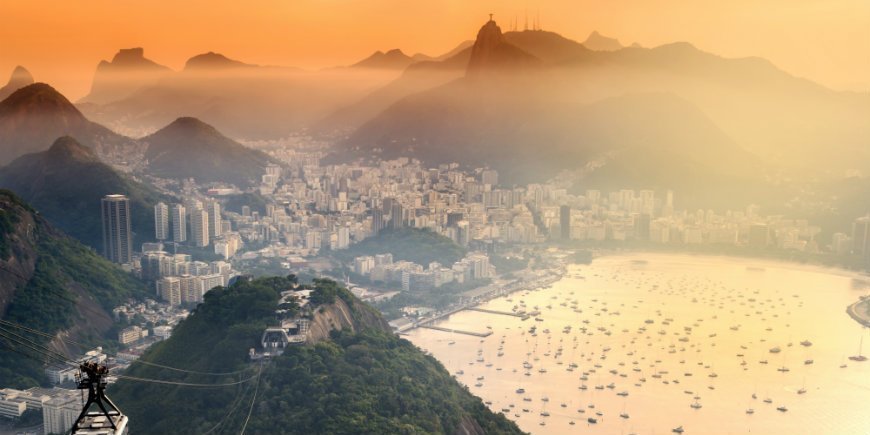
Rio de Janeiro is a big city bursting with joie de vivre, samba, magnificent nature experiences and festive vibes.
Explore, for example, the city’s carnival treasure trove or visit the temple of euphoria, Maracaña.
The city has so many attractions that it can be difficult to choose between them.
Welcome to Rio de Janeiro.
The Christ the Redeemer statue
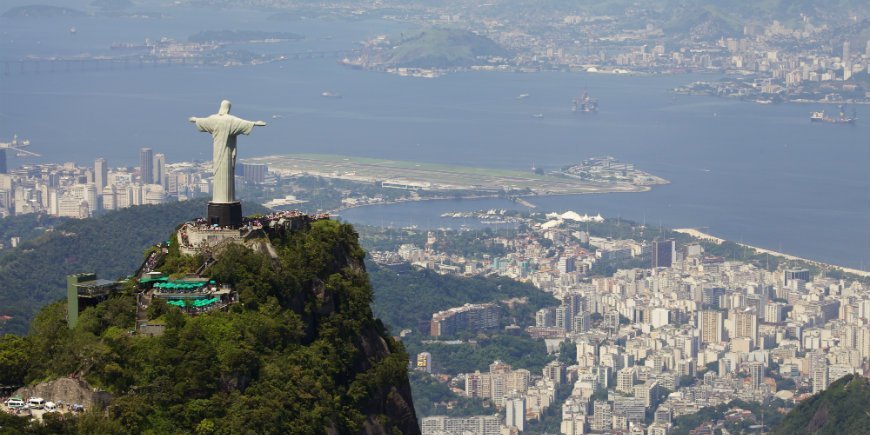
Standing majestically atop the 710 metre Mount Corcovado is the world-famous Christ the Redeemer statue. With arms spread, the city’s landmark watches over the mighty city of Rio de Janeiro. A visit to Brazil’s carnival city is not complete without a trip to the top of this mountain.
The Christ the Redeemer Statue has been named as one of the world’s seven new wonders, and it’s not hard to see why. The view from this point in the city is nothing less than indescribable. From the top, you can look out over the beautiful coastline of Rio de Janeiro, the world-famous beaches, the Maracaña stadium and the city’s favelas.
The statue, which is made of soapstone and concrete, began to take shape in 1922. It is considered to be one of the greatest Art Deco statues in the world.
The Sugar Loaf
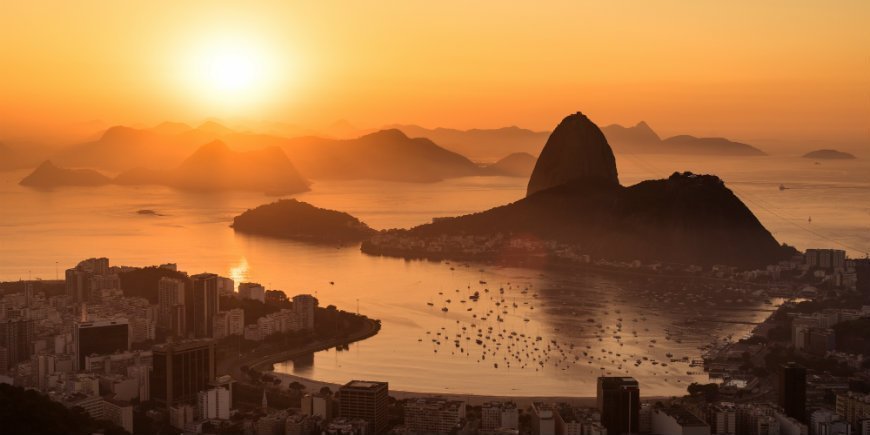
On the way to the top of this stunning 396 metre high mountain, there is ample opportunity to enjoy the amazing view. You reach the Sugar Loaf by two different cable cars. If you have a fear of heights, don’t look down!
The magnificent views over Guanabara Bay and Rio de Janeiro will almost certainly keep you occupied. The Sugar Loaf, called Pão de Açúcar in Brazilian Portuguese, is set in a picturesque landscape surrounded by sea. The Sugar Loaf is a so-called monolith, consisting of granite and quartz.
As with the Christ the Redeemer statute, you shouldn’t leave Rio de Janeiro without having been to the top of the Sugar Loaf. It is an absolute must-see.
Maracaña
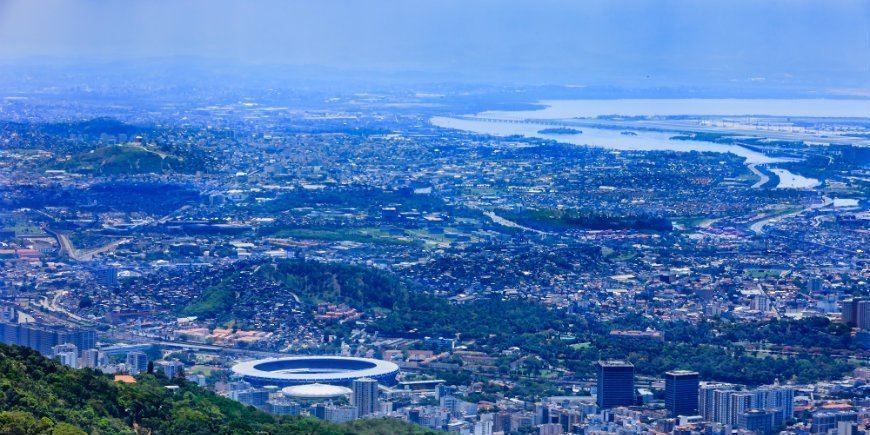
When the first football match kicked off to the deafening cheers of the football fans, there was room for almost 200,000 spectators in one of Rio de Janeiro’s most important buildings, the Maracaña football stadium. That was in 1950. Since then, the number of spectators has been reduced to around 80,000 for reasons of safety, among other things.
It is the largest stadium in Brazil and it leaves you in no doubt that football is the most important sport in these parts. It could almost be described as a landmark of the football city.
When football matches are played between some of Rio de Janeiro’s rival clubs, Botafogo, Vasco, Flamengo or Fluminese, an out-of-the-ordinary experience is guaranteed.
Get your football scarf on, grab a beer and enjoy an unforgettable experience at the Brazilians’ home ground.
Come in behind the closed doors of the carnival
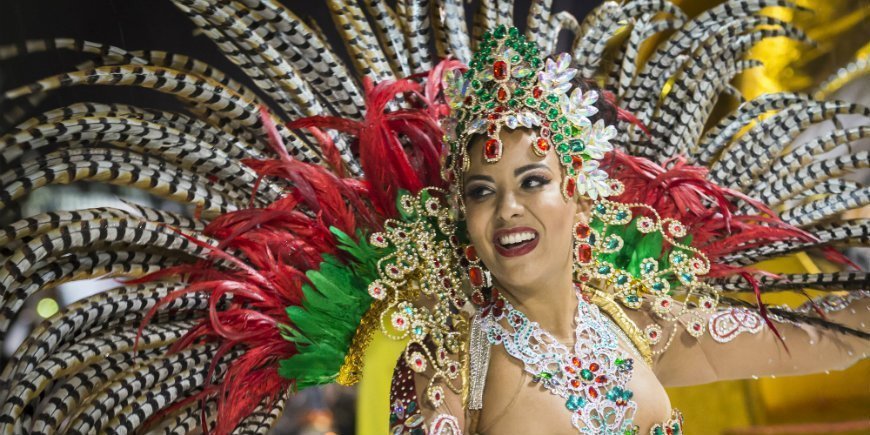
Even if you don’t visit Rio de Janeiro in Carnival week, you can still enjoy a taster of the world-famous event.
You can come on a guided tour, where you learn how the carnival originated and how they plan and organise the festivities.
You will visit the place where the vast carnival procession thrills the crowds of carnival enthusiasts: the Sambadrome stadium. You will also visit the harbour area, which is where samba has its roots. But the most important thing on this tour is the visit to Atelier de Carneval, the carnival’s sacred chambers. This is where the carnival’s riot of costumes are designed and sewn, and you get right up close.
Round off the day off in the spirit of samba with a samba class and a trip to a typical Brazilian nightclub.
Experience Rio on two wheels
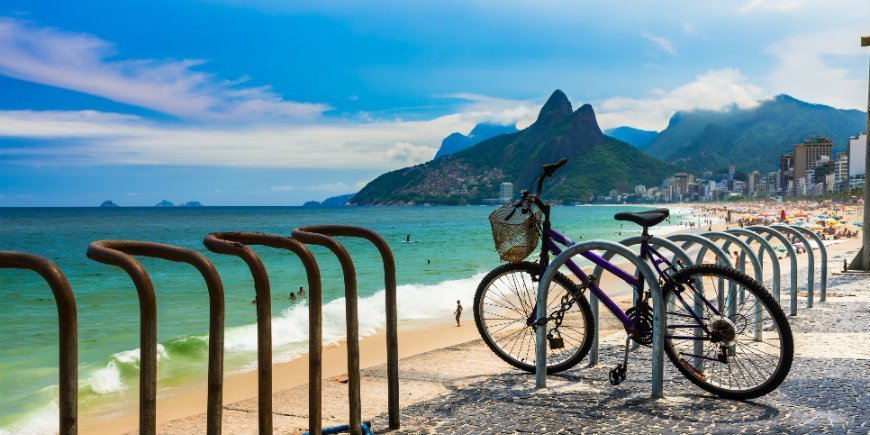
If you would like to experience Rio de Janeiro from a slightly different angle, a bike ride through the city’s streets is a fun and different experience.
You cycle along the world-famous beaches, Copacabana and Ipanema, visiting the canal that links the lagoon, the sea and Jardin de Alah.
There are cycle paths along the canal, which you use. When you reach the scenic lagoon, Rodrigo de Freita, you can take a moment to enjoy the amazing views of the Christ the Redeemer statue in the distance.
On the ride, you will also gain an insight into the city’s football culture as well as the football clubs and their rivalry.
At the end of the bike ride, you can head to one of the city’s beautiful beaches for a well-deserved dip.
The beaches in Rio de Janeiro
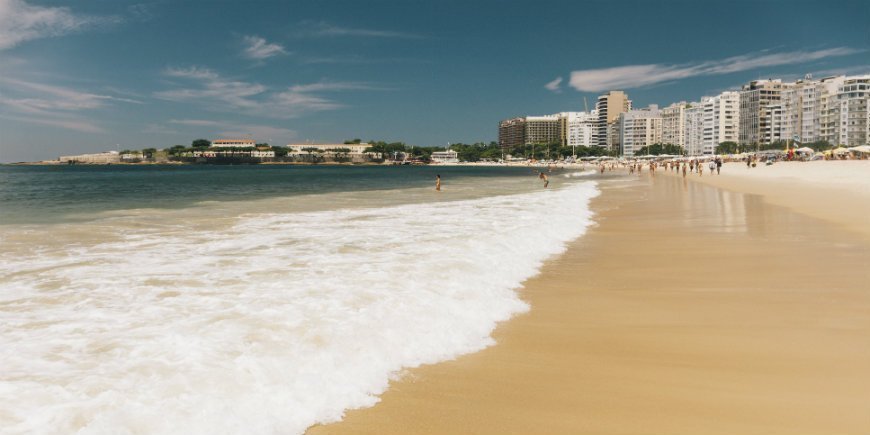
Two of the most famous beaches in Rio de Janeiro are Copacabana and Ipanema. The two beaches lie side-by-side, offering a breath of fresh air in the big city for locals and tourists alike.
There is more going on on Copacabana than on the neighbouring beach, with the locals, also known as cariocas, playing football on the sand while the beach vendors try to offload their chilled temptations.
Along Ipanema Beach, there are cafés, galleries, clubs and restaurants. The beach is almost divided into zones, with the sun lovers preferring zone 9, while the families choose 11 and 12. The long beach offers the finest of sand and wonderful waves.
Copacabana also has fabulous sand and lovely refreshing waves, and if you fancy a stroll, there’s no better place for it than on the promenade, which is 4 km long.
Parque Lage – Botanical gardens
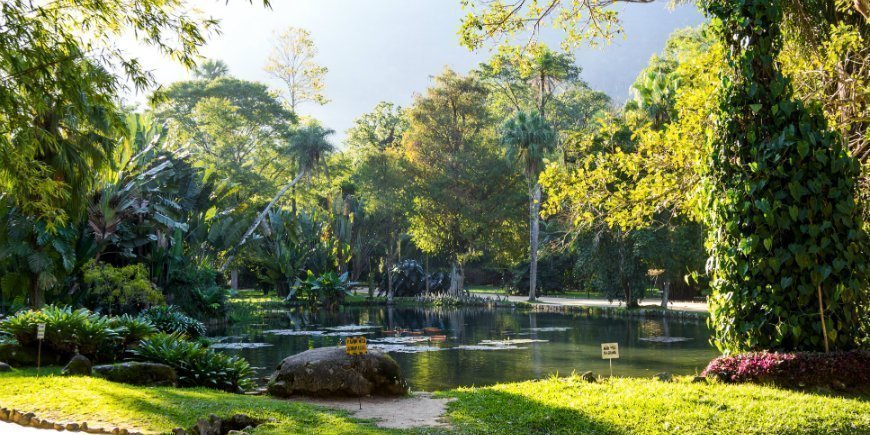
If you need a rest where there are probably fewer people than on the beautiful beaches, the botanical gardens are a great place to escape to.
The park is home to some of Brazil’s slightly more exotic plants and trees than we are used to in the UK. It also has a wonderful collection of different orchids and old trees.
The botanical gardens also have avenues of palm trees, a beautiful and calming sight.
The park is just below where the world-famous Christ the Redeemer statue stands, under the right hand of Christ to be more precise, so a special peace reigns here.
Escadaria Selarón
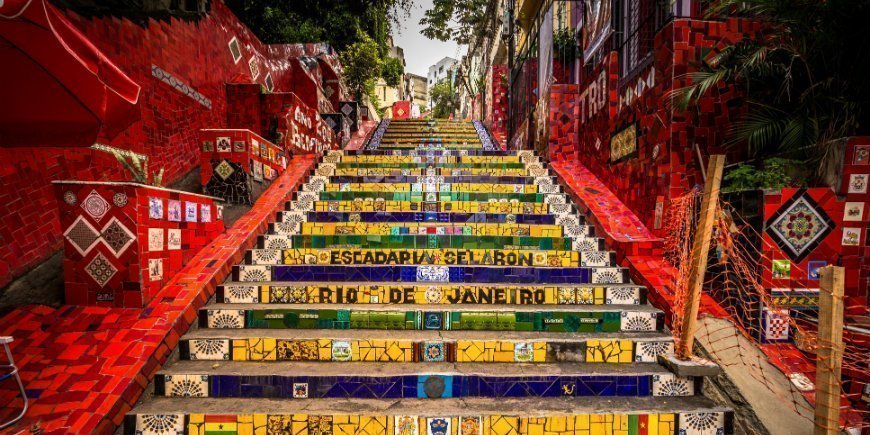
Without promising too much, this staircase is probably one of the world’s most colourful of its kind.
Jorge Selarón, the artist behind it, spent more than 20 years transforming a dull staircase into a colourful work of art. His work on the 125-metre staircase with 215 steps continued right until his death in 2013.
The fascinating staircase is covered with countless small pieces of tile in shades of red, yellow, green and blue.
Walk past the staircase, which connects the Lapa and Santa Teresa districts, and enjoy a caipirinha or another Brazilian refreshment.
Rio de Janeiro is a true wonderland of attractions.
There’s almost nothing you can’t experience in this delightful Brazilian city.
If you are unsure which Brazil tour you want to go on, our travel specialists are always more than happy to help.
They can guide you to the right Brazilian combination for you.
Ready for adventure?
TourCompass
